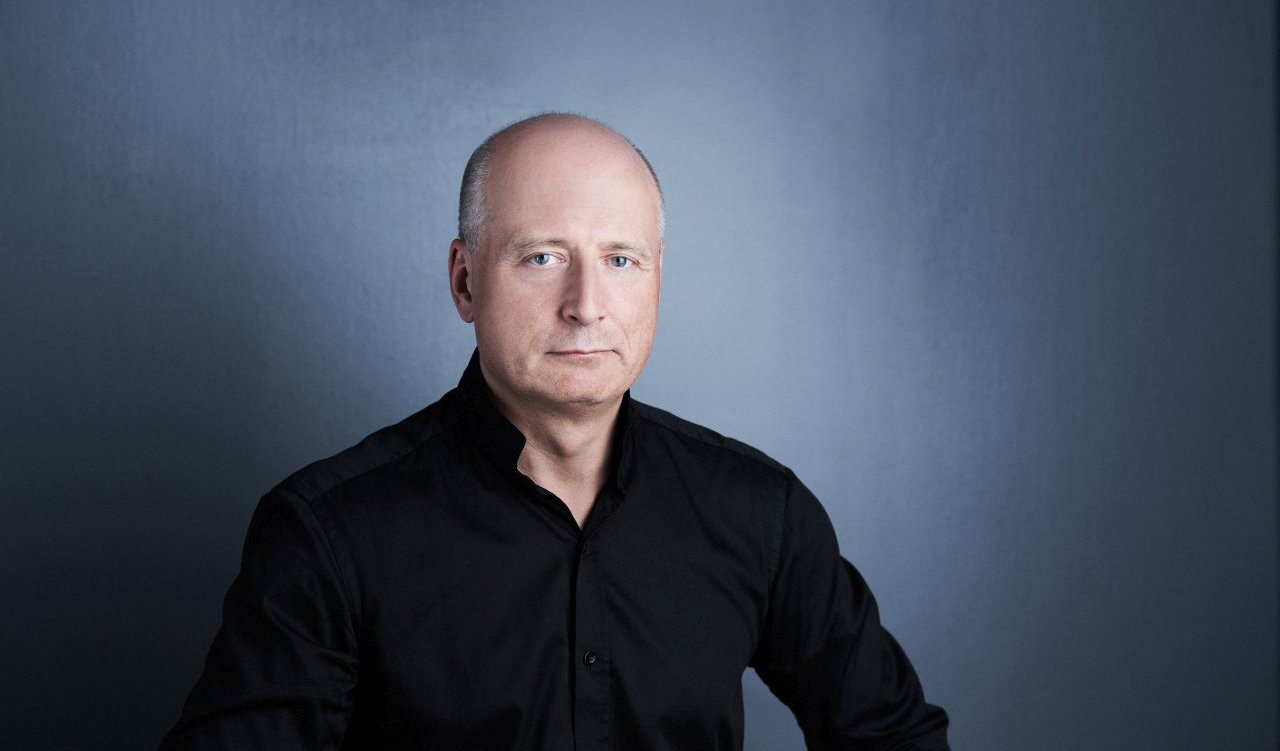
Program
Featuring
Other information
The event is about 2.5 hours long.
About the event
“A three-course gourmet menu” was how the Bachtrack critic described Paavo Järvi’s concert, which featured pieces by Sibelius, Tüür and Beethoven. The Grammy Award-winning Estonian-American conductor is coming to the BFO with a similarly exciting program. The evening opens with a concert overture by Erkki-Sven Tüür. Aditus, written in 2000, explores existential questions, and its chromatic melodies can evoke a variety of thoughts in the listener. The tension of the new sound will be relieved by Robert Schumann’s lively, spring-like work, in which the composer found his way to writing symphonies after Beethoven. The concert will close with Jean Sibelius’ most popular symphony. This colorful work progresses through three extensive movements to an elevated depiction of flying swans.
“As an abstract art form, music can evoke different visions for each individual being, because we are all unique,” says Tüür, summing up the purpose and essence of his music. With Aditus, the Estonian composer, known primarily for his instrumental works, pays tribute to his compatriot and colleague Lepo Sumera, who died in 2000. This Latin word means entrance, entry, approach. The work, built of semitones and then a tied sequence of notes, begins with material played on brass and tubular bells, interrupted again and again by the resistance of floating strings. There is a rhythmic section with exciting harmonies, which then dissolves completely into a cascade of timbres.
The first symphony is an important milestone in the oeuvre of all post-Beethoven composers. Schumann composed his first symphony during one of the happiest and therefore most productive periods of his life, after a few aborted attempts. The Beginning of Spring, Evening, Merry Playfellows, Spring in Full Bloom – these were the programmatic titles of the movements. And although Schumann eventually deleted them, the piece, sketched in four days and written in less than a month, takes its nickname from the composer. The brass motto of the slow introduction appears several times throughout the work. It’s there in the violin melody of the song-like slow movement, in the furious scherzo trio that follows without pause and in the finale that bids farewell to spring.
In 1915, a grandiose celebration was organized for Sibelius’s 50th birthday. The composer conducted the first version of his Fifth Symphony, and later revised the work twice. The Symphony by Sibelius, struggling with health problems, exudes heroic determination with its full major movements. The first movement merged the previous opening movement and the scherzo. The pleasantly swirling but intricately structured music is built from small motifs. Beneath the surface of the simple variation of the slow movement, the mood of the finale is set, and then the movement, which illustrates the swans’ wing flapping leads to the triumph of the swan theme, and concludes the work.
Did you know? Tüür’s Aditus premiered in Mainz on December 1, 2000 (conductor: Ralf Otto); Schumann’s Symphony No. 1 premiered in Leipzig on March 31, 1841 (conductor: Felix Mendelssohn); Sibelius’s Symphony No. 5 premiered in Helsinki on December 8, 1915 (with the composer conducting); the BFO most recently performed Symphony No. 1 on February 4, 2013 in Pécs, with Gábor Takács-Nagy conducting; this will be the first performance by the BFO of the other two pieces.
Contemporary events: the Tate Modern museum opened in London on May 11, 2000 / the opera The Last Supper, by the British composer Harrison Birtwistle, premiered in Berlin on April 18, 2000 / Unit 3, the last operating reactor of the Chernobyl Nuclear Power Plant was decommissioned in December 2000 / the short story The Murders in the Rue Morgue by the American author Edgar Allan Poe was published in Graham’s Magazine in the United States in 1841 / the opera building of Dresden, Semperoper, designed by the German architect Gottfried Semper, opened on April 13, 1841 / the Danish philosopher Søren Kierkegaard published his doctoral dissertation, On the Concept of Irony with Continual Reference to Socrates, in 1841 / the novella The Metamorphosis by the German author Franz Kafka was published in 1915 / the operetta The Csárdás Princess, by Imre Kálmán, premiered in Vienna on November 17, 1915 / the utopian novel Herland, by the American feminist sociologist and author Charlotte Perkins Gilman, was published in 1915, describing a society composed only of women